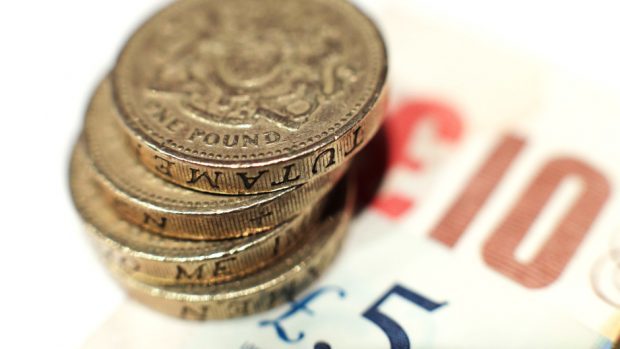Highland Council’s mountain of debt has been branded “deeply worrying” after it soared to more than £1billion for the first time.
New figures have revealed that the amount owed by the local authority has almost doubled in the last decade, hitting £1.0486billion earlier this year.
The eye-watering figure – the equivalent of £4,500 for every person in the region – is comprised of £883million of borrowing and £165.6million in other liabilities such as public–private partnership (PPP) schemes.
The borrowing levels are believed to be among the highest the country, with a recent report showing that only Glasgow, Edinburgh and South Lanarkshire owed more money than Highland.
Loans are a key tool for local authorities, and the council said last night that the figures reflected its investment over the years in projects such as new schools, leisure facilities, flood defences and road infrastructure.
The geography of the Highlands means that the council has to maintain the largest road network in Scotland and the second highest number of schools.
But local authorities also have to pay charges on the loans, which cost Highland about £37.2million last year.
The UK Government has faced calls in recent years to cancel the huge debts owed by local authorities – more than £14billion across Scotland – to help them cope with the ongoing public spending squeeze.
For more than eight years Highland Council’s total debt levels, which include borrowing and PPP but do not take account of investments, were between £550million and £700million, but the total has risen sharply in each of the last three years since 2014.
Opposition SNP councillor Ken Gowans said: “It’s a deeply worrying trend for the council.
“Any increase in borrowing has got to be a concern and it’s very significant for a council with a budget of £550million to go over £1billion.
“We would be interested to know what measures the administration is taking to mitigate this.”
Highlands and islands MSP John Finnie, a former councillor at the authority and now Scottish Greeens representative, said: “A huge percentage of the population have debt and I’m sure there’s very clear guidance on the level of debt proportionate to income.
“But there’s no doubt that previous administrations, including some people who are still there, have bequeathed a horrendous debt to future generations, with PPP and other contracts that have ongoing servicing implications for the council.”
Richard Kerley, a professor of management at Queen Margaret University who is also a director of the Centre for Scottish Public Policy and previously worked at Strathclyde University’s Scottish Local Authorities Management Centre, said borrowing can be sensible for councils.
“With very low interest rates, borrowing is not a bad idea, if you’re thinking ‘what do we need to do in the future’,” he said.
“At some point they are going to go up and hit a level where it’s a lot more pricey. So it could be sensible to borrow.”
However, he added: “It (going over £1billion) is not something that should be a red alarm, but I think almost doubling in a few years is quite an add-on to me, unless there are some big projects.
“People should be asking about it, but it’s not a red alarm.”
A Highland Council spokeswoman said: “The council’s level of borrowing is reflective of the historic capital investment the council has made in its assets.
“The council’s Treasury Management Strategy, which is in line with CIPFA’s Prudential Code and Code of Practice, states that: ‘increases in capital expenditure must be limited to a level whereby the corresponding increases in revenue charges are affordable and within the projected future income of the council. Increases in revenue charges would include the following: increases in interest charges caused by increased borrowing to finance additional capital expenditure; and any increases in running costs from new capital projects’.”
